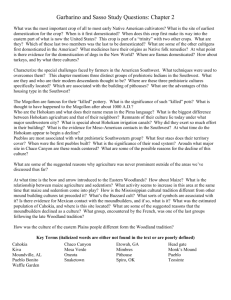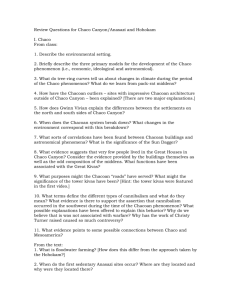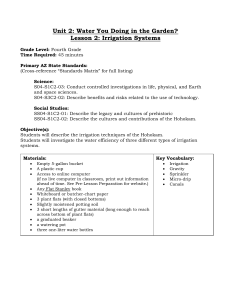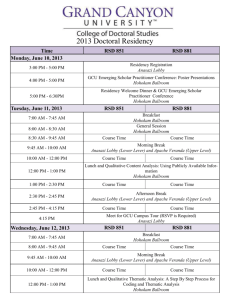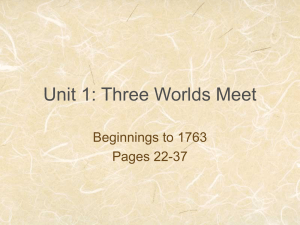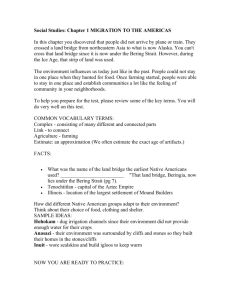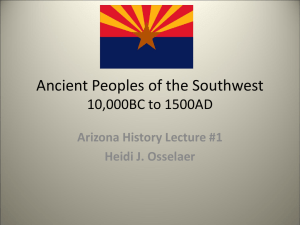The Hohokam Culture
advertisement
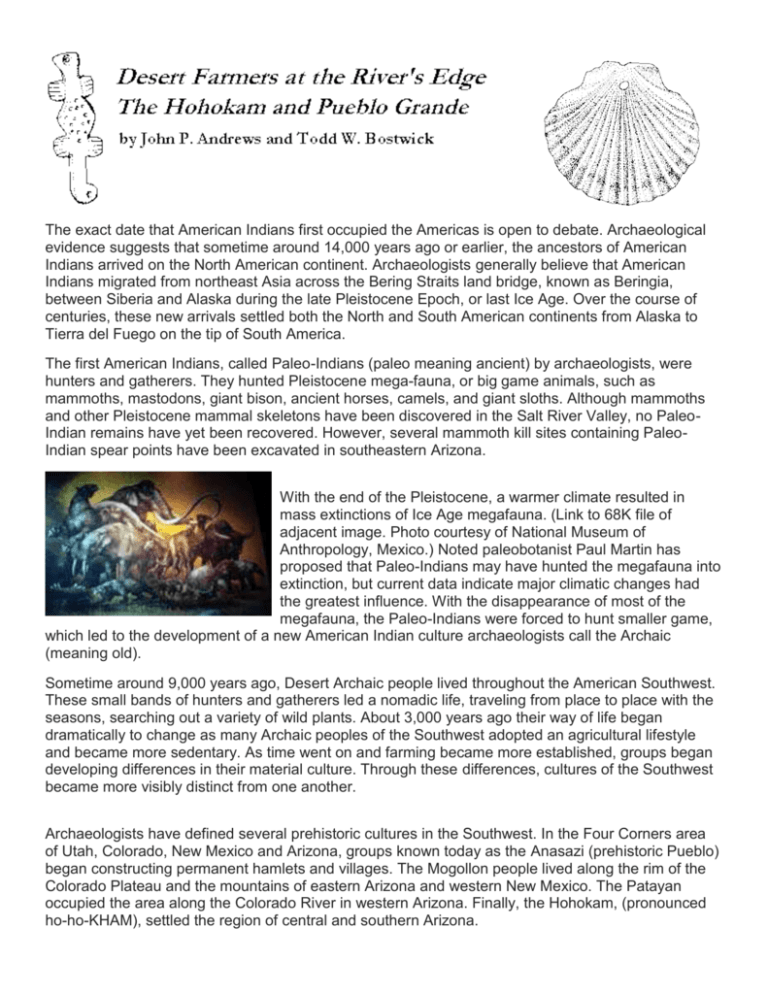
The exact date that American Indians first occupied the Americas is open to debate. Archaeological evidence suggests that sometime around 14,000 years ago or earlier, the ancestors of American Indians arrived on the North American continent. Archaeologists generally believe that American Indians migrated from northeast Asia across the Bering Straits land bridge, known as Beringia, between Siberia and Alaska during the late Pleistocene Epoch, or last Ice Age. Over the course of centuries, these new arrivals settled both the North and South American continents from Alaska to Tierra del Fuego on the tip of South America. The first American Indians, called Paleo-Indians (paleo meaning ancient) by archaeologists, were hunters and gatherers. They hunted Pleistocene mega-fauna, or big game animals, such as mammoths, mastodons, giant bison, ancient horses, camels, and giant sloths. Although mammoths and other Pleistocene mammal skeletons have been discovered in the Salt River Valley, no PaleoIndian remains have yet been recovered. However, several mammoth kill sites containing PaleoIndian spear points have been excavated in southeastern Arizona. With the end of the Pleistocene, a warmer climate resulted in mass extinctions of Ice Age megafauna. (Link to 68K file of adjacent image. Photo courtesy of National Museum of Anthropology, Mexico.) Noted paleobotanist Paul Martin has proposed that Paleo-Indians may have hunted the megafauna into extinction, but current data indicate major climatic changes had the greatest influence. With the disappearance of most of the megafauna, the Paleo-Indians were forced to hunt smaller game, which led to the development of a new American Indian culture archaeologists call the Archaic (meaning old). Sometime around 9,000 years ago, Desert Archaic people lived throughout the American Southwest. These small bands of hunters and gatherers led a nomadic life, traveling from place to place with the seasons, searching out a variety of wild plants. About 3,000 years ago their way of life began dramatically to change as many Archaic peoples of the Southwest adopted an agricultural lifestyle and became more sedentary. As time went on and farming became more established, groups began developing differences in their material culture. Through these differences, cultures of the Southwest became more visibly distinct from one another. Archaeologists have defined several prehistoric cultures in the Southwest. In the Four Corners area of Utah, Colorado, New Mexico and Arizona, groups known today as the Anasazi (prehistoric Pueblo) began constructing permanent hamlets and villages. The Mogollon people lived along the rim of the Colorado Plateau and the mountains of eastern Arizona and western New Mexico. The Patayan occupied the area along the Colorado River in western Arizona. Finally, the Hohokam, (pronounced ho-ho-KHAM), settled the region of central and southern Arizona. The Hohokam Culture The Hohokam were a farming people who lived in central and southern Arizona and northern Mexico from approximately A.D. 1 to 1450. Their name comes from the Pima Indian (Akimel O'odham) word for "those who have gone" or "all used up." A creative and industrious people, the Hohokam turned the arid desert of the Salt and Gila river valleys and other areas of southern Arizona into lush green farmlands and thriving villages. One of those villages is the site of Pueblo Grande, preserved as a city of Phoenix museum and archaeological park. Ruins containing the Hohokam's characteristic red-on-buff pottery are scattered over an area of at least 27,000 square miles (69,930 sq. km), but are most frequent in the Salt River Valley and the nearby Gila River Valley. These desert farmers are admired for their lengthy occupation of the Sonoran Desert and their impressive cultural accomplishments in architecture, crafts and irrigation agriculture. In addition, the Hohokam were active in trade networks with other prehistoric cultures that stretched across the entire Southwest, into Mexico and to the Pacific Coast. However, where did the Hohokam come from? Cultural Origins The origin of the Hohokam culture still is debated among archaeologists. It was once theorized that the Hohokam were Mesoamerican immigrants or traders who came north into south-central Arizona out of Mexico. Although there is little doubt that Mexican cultures influenced the Hohokam, many archaeologists today argue that the Hohokam culture arose out of local hunting and gathering groups of the Desert Archaic culture who had lived in the Southwest since around 7000 B.C. Because the Hohokam were well-adapted to the challenges of the Sonoran Desert environment, and many material cultural similarities with the Desert Archaic remained part of the Hohokam culture for generations, it seems unlikely that they immigrated from elsewhere. In essence, the Hohokam culture can be seen as a new culture emerging out of their Archaic predecessors. Around 1500 B.C., knowledge of agriculture spread into the Southwest out of Mexico where farming was already well developed for thousands of years. Crops included corn (maize), beans, squash and cotton. With this knowledge of farming, the ancestors of the Hohokam, hunters and gatherers who once had moved across the landscape with the seasons, settled down into permanent villages and began practicing agriculture in the desert. Besides the knowledge of agriculture, other ideas also traveled north out of Mexico and influenced the Hohokam. From Mexican cultures, the Hohokam may have learned ceramic manufacturing techniques and borrowed elements of their religious ideology. Yet who were the Hohokam people? Did they all speak the same language? Were they a single group of people who spread out to colonize the desert or were they several different ethnic groups who shared many cultural traits? From the archaeological record, the answers to these questions are uncertain. Archaeologists have little way of knowing if the Hohokam were a single ethnic group with a single language. It may be that the Hohokam did not all have the same ethnic background but were a people who shared a common material culture, language(s), ideology and general lifestyle.
